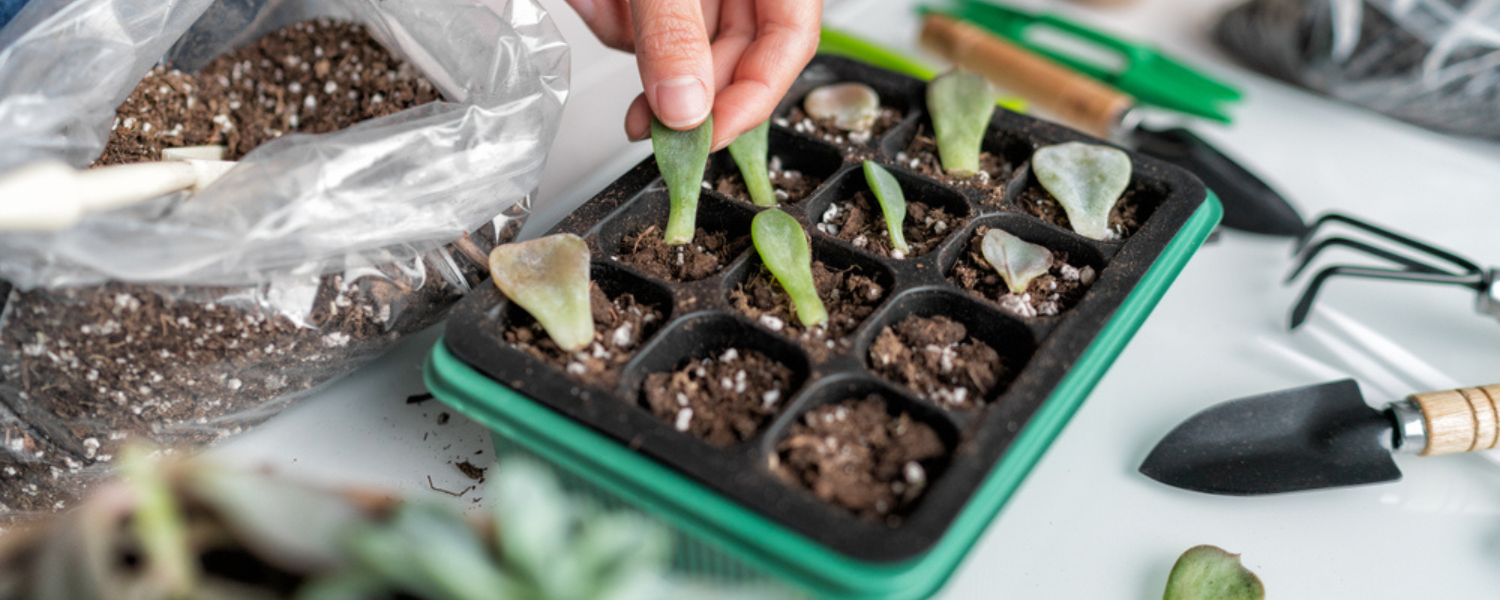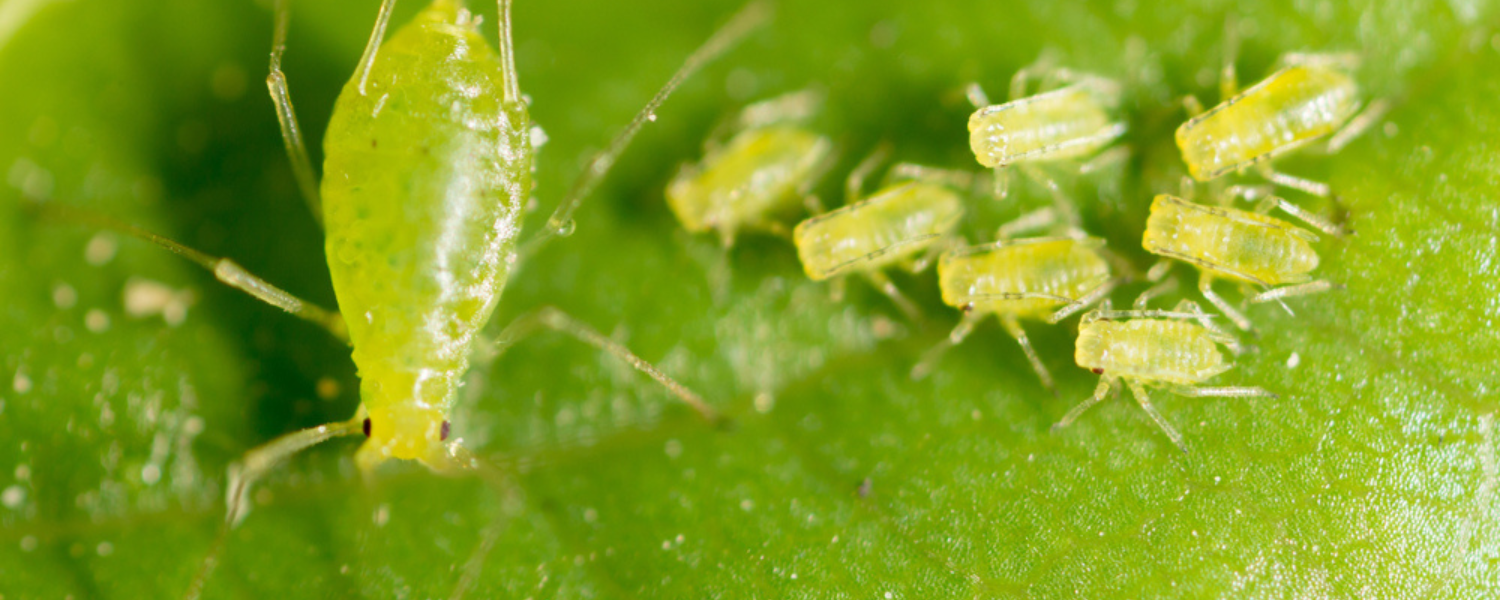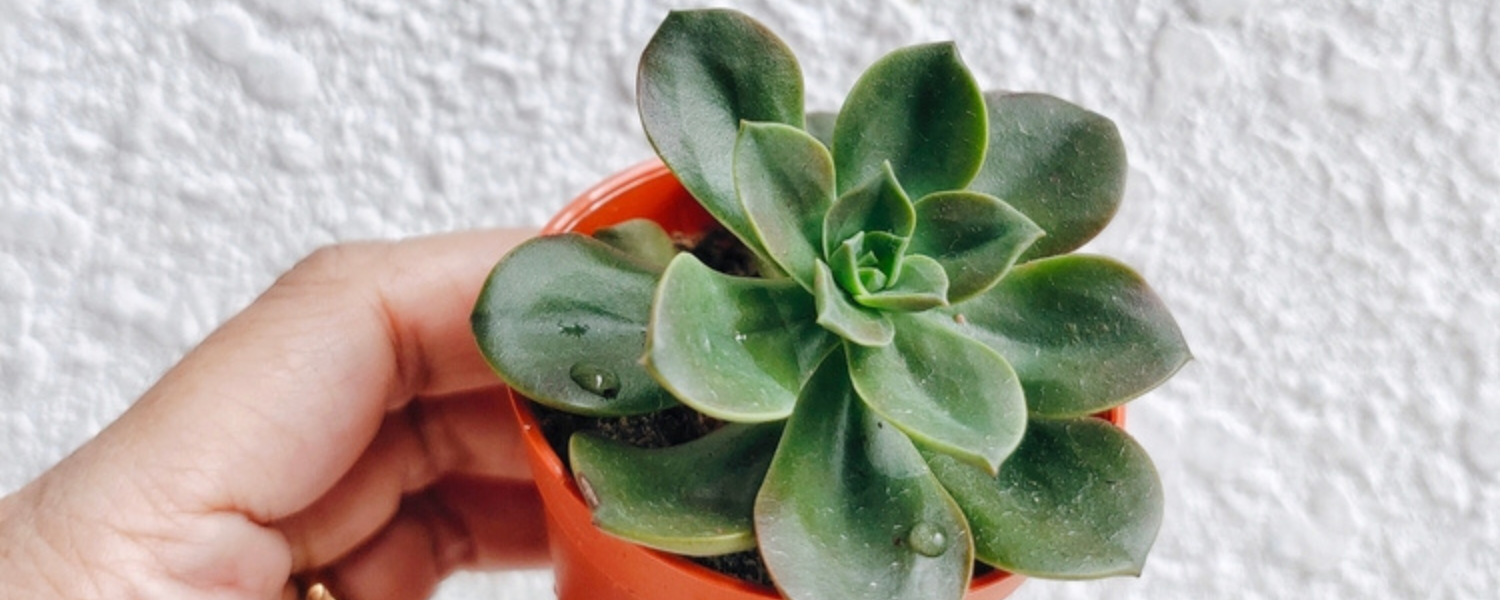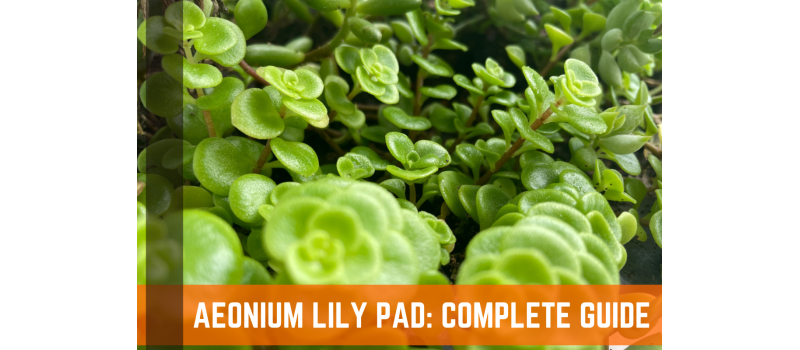The Aeonium Lily Pad is a succulent plant native to the Canary Islands. The plant's fleshy, lily-shaped leaves, which develop in a rosette pattern, give rise to its name. Due to its low maintenance needs and tolerance for drought, the aeonium lily pad is a popular choice for gardens and landscaping.
This plant prefers well-drained soil and does best in full sun to partial shade. Despite being a rather resilient plant, the aeonium lily pad is vulnerable to mealybugs and other pests. The Aeonium Lily Pad can flourish for years in a garden or landscape with proper maintenance. Read on to learn all about the Aeonium Lily Pad and how to grow and care for it!
Best Growing Conditions For Aeonium Lily Pad Succulents
Location
Aeonium Lily Pad enjoys being in the sun, thus for it to thrive and develop, it should be exposed to at least some sunlight. Full sunshine is also beneficial to the plant because it speeds up its growth. Allow the plant to grow in direct sunshine outside. Keep it close to a window so that it may get sunlight. The plant will flourish if you place it inside the house as long as it receives enough sunlight.
Water
The Aeonium Lily Pad doesn't need a lot of water, like the majority of succulents. The roots may decay if there is too much water in the soil. Additionally, the plant has thin roots that are readily damaged by overwatering. Water shouldn't enter the rosettes at all. The leaves become susceptible to rotting if water accumulates on them and stays there.

Temperature
Your Aeonium Lily Pad should be kept at a temperature of 20 to 30 degrees Celsius. To cool down the temperature and moisten the leaves when the environment is too dry, you can spray some water in the air or on them. Place your Aeonium Lily Pad indoors over the winter to prevent frostbite.
Nutrition & Fertilizer
The plant must be properly fed, especially during its spring and summer growing seasons. Every month, feed it fertilizer at half its normal strength. Your plant will benefit by doing this. Give the plant no more than once per month or fertilizer that is more than half-strength. If you do, it will result in discoloration and could ultimately cause the plant to die.
Additionally, since the fertilizer will sit unused in the soil throughout the plant's dormancy and is likely to poison it, you shouldn't feed the plant during this time. It won't be useful to the plant. The best strategy is to utilize succulent fertilizer because other fertilizers could contain ingredients that are hazardous to succulents.
Soil
The ideal soil would be a blend of sandy and loam soil. Pumice should be added to commercial potting mix if you purchase it. Your plant will benefit from soil nutrients that take into account the shallowness of its roots. Peat moss addition may also improve the soil's porosity.
How To Propagate Aeonium Lily Pad Succulents
Cuttings
The most successful propagation strategy is to use cuttings. To propagate using cuttings, follow these steps.
- Sanitize a sharp knife using alcohol
- Select a healthy stem and cut it at the base
- Allow the stem to dry out in the sun for a few days
- Place the cutting in soil with good drainage and use minimal water
In two to three weeks, rooting should take place. Using cuttings are the fastest and most reliable form of propagation for Aeonium Lily Pads Succulents.

Leaves
Using leaves is one of the simplest ways to grow succulents. Aeoniums, lily pads, and a variety of other kinds respond nicely to this technique. Start by carefully removing a leaf off the plant's stem. Before you remove a leaf, be sure it has a high chance of growing roots. Put a healthy leaf on a platter or in a shallow dish of water once you have one.
After letting the water entirely evaporate, add fresh water to the container. In a few weeks, the leaf ought to begin to grow roots. You can place the new plant in a well-draining potting mix once the roots have grown to a length of a few inches. Give it a lot of sunlight, and only water it when the soil seems dry. Within a short amount of time, your new Aeonium Lily Pad should be growing!
Seeds
It's hardly surprising that many people are interested in growing succulents from seed given how commonplace they are. Aeoniums can be multiplied through stem cuttings, but seeds present a more difficult—yet rewarding—method of multiplication. The aeonium lily pad is one of the greatest aeoniums for seed propagation because it generates enormous clusters of seeds on its stems.
Simply remove the seeds from the stem and put them in a well-draining potting mix to grow aeonium lily pads from seed. Place the container in a light area and be careful to keep the soil damp but not wet. Within a few weeks, more seedlings ought to appear with a little patience.
Aeonium Lily Pad Care & Maintenance
Aeonium Lily Pad needs maintenance occasionally. The plant is kept at a normal size by grooming, which also eliminates any excess leaves, which are often few. If the plant is in a pot, trimming it back will let you delay repotting for a time. The best container for this plant is one made of terracotta since it allows for simple water evaporation, which lowers the risk of waterlogging. But among the pots on the market, it is also the weakest. Pruning is required if you have potted your plant in terracotta to prevent the pot from cracking under the weight of the plant.

Common Aeonium Pests & Diseases
Aphids
An aphid infestation might cause your Aeonium Lily Pad to die. The plant's beauty greatly deteriorates if it doesn't die. Your Aeonium Lily Pad will become shrivelled as a result of aphids sucking the sap from them. A plant that is infected will become more unhealthy and the infestation will spread to other plants if you wait longer to treat it. As a result, make it a practice to periodically inspect the underside of your leaves.
Apply soapy water to the afflicted plant to treat it. It is sufficient to combine liquid dishwashing soap with water. Spray the affected leaves with the soapy water. Aphids are killed by the mixture without the leaves being harmed. Due of the fragile nature of succulent plants, pesticides used to treat aphids on other plants are typically inappropriate for use on them.
Mealybugs
Mealybugs rob the plant of essential nutrients, weakening it and rendering it susceptible to disease. Your plant will develop an unsightly whitish substance on its surface as a result of a mealybug infestation, and it will also be much more vulnerable to bacterial and fungal illnesses that could eventually kill it.
Rubbing alcohol is applied to the diseased area of the leaf after dipping a cotton swab into it to treat these pests. The areas that are impacted are obvious. They'll be covered in a yellowish powder. If you take care of his infestation as soon as it starts, it would help. If you don't address the issue right away, it will probably worsen and could lead to bacterial and fungal infections that will be considerably more challenging to treat.
Root Rot
The main cause of root rot is overwatering. Due to their shallow roots and inability to absorb all the water when standing in wet soil, succulents are susceptible to root rot. If you're not careful, root rot can swiftly develop into basal stem rot. Because the affected plant is unable to absorb nutrients and water from the soil, root rot is a serious disease that kills the entire plant.
The stem usually rots as the rot progresses upward. Planting your lily pad in a permeable pot with well-draining soil is the best defence against root rot. Water the plant as well after the soil is dry. Root rot cannot be cured. Only the healthy portion of an infected plant can be used as a cutting to create a new plant.

Conclusion
Aeonium Lily Pads are indigenous to the Canary Islands. These plants are distinguished by their fleshy, green leaves and rosette structure. The average diameter of an aeonium lily pad is six inches. These plants frequently have white or golden stripes on their leaves. Yellow or orange flowers are produced by aeonium lily pads during their midsummer bloom.
Bright, indirect sunshine is preferred for the growth of these plants. They should be watered once a week, letting the soil entirely dry in between applications. Lily pads from the genus Aeonium are low-maintenance succulents that look beautiful both indoors and outdoors. Follow our tips from this article and you will be on your way to having your own beautiful collection of Aeonium Lily Pads!

